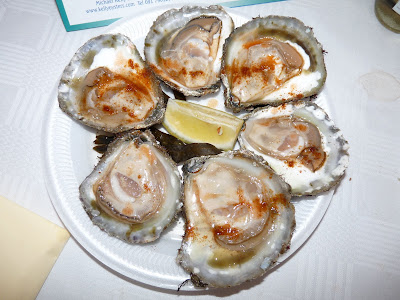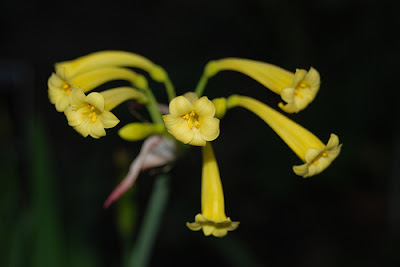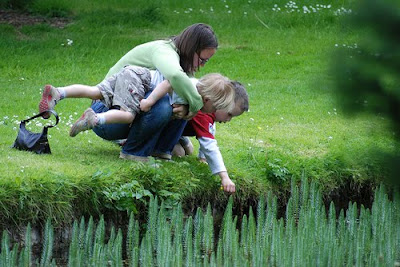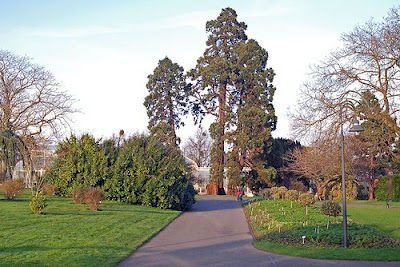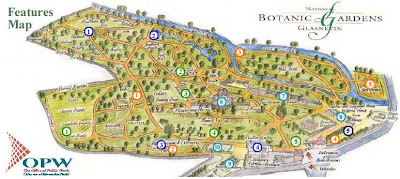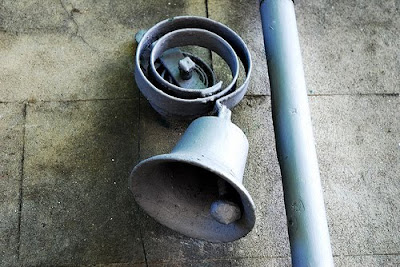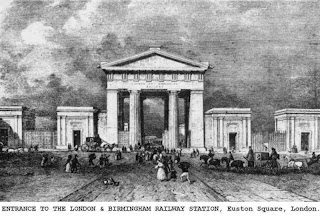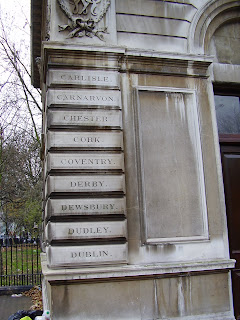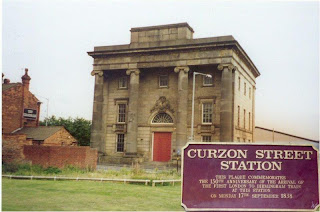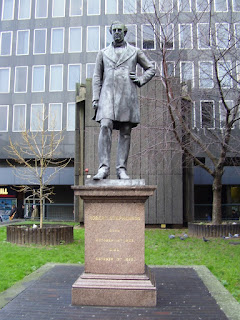 Ostrea edulis - Irish Native Oyster
Ostrea edulis - Irish Native Oyster"Tis a brave man who first eat an oyster!" so said my townsman Jonathan Swift Dean of St. Patrick's Cathedral, Dublin and I’m in a position to verify many still feel this way for Oysters are like Marmite, you either love them or hate them!
It's the luck of the Irish to have the world's finest oysters on its shores; we are also privileged to have two highly successful Oyster Festivals in September each year, in celebration of the beginning of the native oyster season. They are both held close to the Oyster Beds in Galway Bay, one in early September behind Paddy Burke’s Pub in the village of Clarenbridge and at the end of the month in Galway City. As delicacies go, Ostrea edulis, our native oyster, it is a strange animal - it changes sex every so often, is highly susceptible to disease or poor water quality, and between May and August is, due to spawning, absolutely inedible. Come September, however, O edulis settles down and is ready to grace the gourmet's gullet once more.
“What can be more foolish than to think that all this rare fabric of heaven and earth could come by chance, when all the skill of art is not able to make an oyster?” Anatole France (French Writer, member of the French Academy and Nobel Prize for Literature in 1921)Oysters have been eternally hailed as a precious gourmet delight by food lovers throughout the centuries, beginning with the Roman emperors who paid for them by their weight in gold. The Greeks served them with wine and the Romans were so enthusiastic about these marvellous molluscs that they sent thousands of slaves to the shores of the English Channel to gather them.
Their association with love is inexorable. The story goes that the word “aphrodisiac” was born when Aphrodite, the Greek goddess of love, emerged from the sea on an oyster shell and gave birth to Eros. Her charismatic lover Casanova also used to start a meal eating 12 dozen oysters. So, whether Oysters make people fall in love with each other, there are certainly many people who have fallen in love with Oysters.
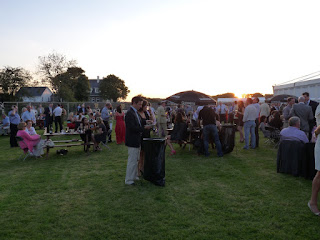
 Oysters at work?
Oysters at work?Ernest Hemingway describes his love of Oysters:
“As I ate the oysters with their strong taste of the sea and their faint metallic taste that the cold white wine washed away, leaving only the sea taste and the succulent texture, and as I drank their cold liquid from each shell and washed it down with the crisp taste of the wine, I lost the empty feeling and began to be happy and to make plans.” 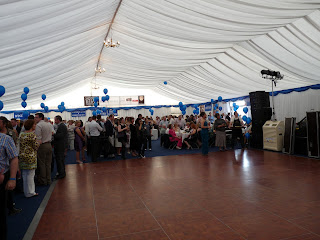 The Festival Marquee
The Festival Marquee The Oyster Queen
The Oyster QueenThe festival I was heading to was the one in early September which is somewhat smaller and more homely in the village of Clarenbridge. Created in 1954 and still going strong, this festival has become an integral part of life in the picturesque village of Clarenbridge in the south of County Galway. West of the village lies Dunbulcan Bay, where the oysters are produced - some say they are the best in the world. Protected by the bay from the force of Atlantic storms, the 700 acres of beds lie in an ideal mixture of fresh and sea water vital for perfect oyster development, taking from three to five years to grow for consumption. Over 100,000 oysters are eaten during the weekend celebration. The festival programme includes a market day, golf tournaments, yacht races, art and photographic exhibitions, a fine wine and gourmet evening, talks and lectures and the best-dressed-lady competition. The main emphasis, however, is on providing guests with a culinary experience that they will enjoy. This is a tradition in existence since 1954 when the great Paddy Burke hosted the first Clarenbridge Oyster Festival.
 The River Claren
The River ClarenA lot has changed since the first festival but the philosophy remains the same. The Clarenbridge Oyster festival is a celebration of the native Oyster, of the history of the village and of the energy of a vibrant and modern day community respecting tradition. The Gala Day we attended on Saturday begins at 16.30 and ends after midnight so the 75 Euros ticket covered 8 hours of non- stop entertainment including the coronation of the Oyster Queen, Traditional Dancing, The Whiskey River Band and the Celebrity Beatles. This is not a commercial event run for tourists but a long running festival organised by a voluntary committee so after 55 years they must be doing something right. Around 1,000 attend the Gala Day and it has something of an infectious atmosphere in the main marquee, on the riverside terrace and the other outdoor areas. You are welcomed with a champagne reception and each ticket entitles you to the main event, half a dozen fresh local Oysters. As well as that the food offer is generous with chowder, seafood buffet, a hot dish, two glasses of wine and a hot meal in the evening. One criticism is that the wine was a sweet white wine which was all wrong; the seafood dishes required a dry white wine.
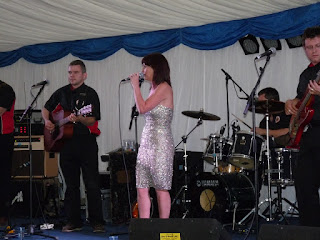 The Whiskey River Band
The Whiskey River Band
Niggles apart the food, drink and entertainment makes for a convivial and good humoured day and lively dancing on the dance floor by the time proceedings come to an end. Visitors might be surprised that this is not a dress down affair, indeed somewhat the opposite. The locals dress up to the nines and there is both a best dressed lady and gentleman at the festival , a hotly contested prize. And one final note of gaiety; At the beginning of the festival the Irish Cannonball Run stopped by; 194 top line motors (Ferrari, Porsches, Rollers, etc) spending 3 days haring around Ireland!
 Irish Cannonball Run
Irish Cannonball RunOn the way back to Clare next morning we turned off the main road just past Clarenbridge to Kilcolgan and headed towards another favourite watering hole and seafood emporium which overlooks the famous Oyster beds. Moran's Oyster Cottage, The Weir, Kilcolgan, Co. Galway, dates back almost three hundred years and although Moran's is still a family owned business, today it is run by Vincent Graham who has been with the Moran family for over 25 years. It is renowned the world over for its superb seafood which attracts people from the five continents, and is open all year round. With its picturesque thatch and menu of simple, high quality seafood served with good Guinness it has a devoted following from the days when one of the local inhabitants, film director John Huston who lived in Craughwell, dropped in.
 Morans of the Weir
Morans of the Weir
In the words of Raymond Rodgers of the London "Daily Mail", "I came to Ireland in search of wild fowl, and found Moran's, you have sparked life for me - never again will oysters taken with crumbly brown bread, washed down with foamy cream-headed pints of Guinness, ever taste the same. And your smoked salmon is the nature of Gods".
Noel Coward has been here before me and had scribbled a couple of witty ditties on his napkin which is now an inscription on the wall at Moran's Oyster Cottage which ends with an apt warning;
'Tis long ago that Oysters were the pride of Moran's Bar.
But when you eat the Oysters here today,
You know they still are.
And it will be forever so, in years they will taste the same.
And little children not yet born
will know why Granddad came.
So have another dozen, and then have another drink.
And thank the Lord for Oysters
- since it's later than you think!'Noel O'Coward The Clarenbridge oyster bed is situated at the mouths of the Dunkellin and Clarenbridge rivers. It consists of 700 acres of sea-bed. Oyster beds require a combination of fresh and sea water. Therefore they will only survive where a river enters the sea. If there is an excessive amount of fresh water, for example, after a season of heavy rainfall, the oyster will become too fat and open.
The Clarenbridge Oyster Bed is a natural bed. It is not cultivated in any way. The dredging season lasts from late November to the end of December. It is dredged every year by about 60 boats each having two people. These people would be local farmers. During dredging, oysters less than 3" in diameter must be cast back into the sea again so that the stocks would not be diminished. Oysters are bought by about five local dealers - each of these would own their own private steeping ground. They in turn meet the demand from restaurants in the area and the export market to France, England, etc.
 Paddy Burke's
Paddy Burke'sOysters have existed since pre-historic times. The Saxons enjoyed them before the Romans invaded Britain and there are those that would say it was for their excellent oysters that they invaded at all! Throughout their history, oysters have been regarded as a luxury but due to over-fishing the price dropped so low that at the beginning of the 19th Century they became the food of the poor. During the famine year’s people who lived near the sea survived on them. In about 1850, oyster culture started to become an industry and legislation in France and Britain protected the stocks.
Oysters are a bi-valve mollusc which means that they are shellfish with two hearts. Every year they change sex - in fact every other year they can be a father and mother to two separate litters in the same year! They feed by pumping 1-6 litres of water through their gills every day - the equivalent of a human drinking a large public swimming pool every day.
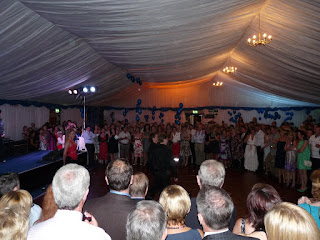
Ostrea edulis, the gourmet's favourite, also known as the European Flat Oyster, is the oyster which is native to our Irish shores. Long ago there was an abundance of these oysters and they were a readily available source of free food during the Great Famine. The Romans also had a great love for the edulis oyster so much so that they used to pay for them by their weight in gold. Today Native oysters are considered to be a great luxury due to being a relatively scarce species. They are in season from September to April when there is an 'R' in the month.
So if you are in Ireland in September when there is first an “R” in the month go for the real thing, Native Irish Oysters at the Clarenbridge or Galway Oyster Festivals or enjoy them and other fresh Irish Seafood at Paddy Burkes in Clarenbridge or Morans of the Weir in Kilcolgan.
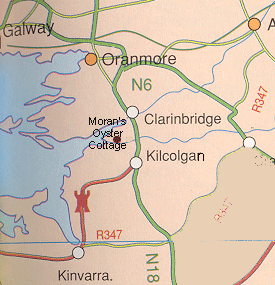 Clarenbridge Oyster Festival
Clarenbridge Oyster Festival Stradbally, Clarenbridge, County Galway, Ireland
Tel +353 (0)91 796 766.
Email; info@clarenbridge.comWebsite;
www.clarenbridge.comGalway Oyster Festival
www.galwayoysterfest.comPaddy Burkes
www.paddyburkesgalway.comMorans of the Weir
www.moransoystercottage.comIrish Cannonball Run
www.cannonball.ieSee also; Coole Park, Co. Galway
http://daithaic.blogspot.com/2009/09/coole-park-galway.html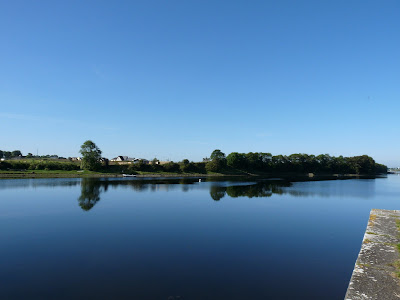 Mouth of the Dunkellin River with the Oyster Beds in sight of Morans of the Weir Oysters by Jonathan SwiftCharming oysters I cry:
Mouth of the Dunkellin River with the Oyster Beds in sight of Morans of the Weir Oysters by Jonathan SwiftCharming oysters I cry:
My masters, come buy,
So plump and so fresh,
So sweet is their flesh,
No Colchester oyster
Is sweeter and moister:
Your stomach they settle,
And rouse up your mettle:
They'll make you a dad
Of a lass or a lad;
And madam your wife
They'll please to the life;
Be she barren, be she old,
Be she slut, or be she scold,
Eat my oysters, and lie near her,
She'll be fruitful, never fear her.
Jonathan Swift (1667 – 1745)